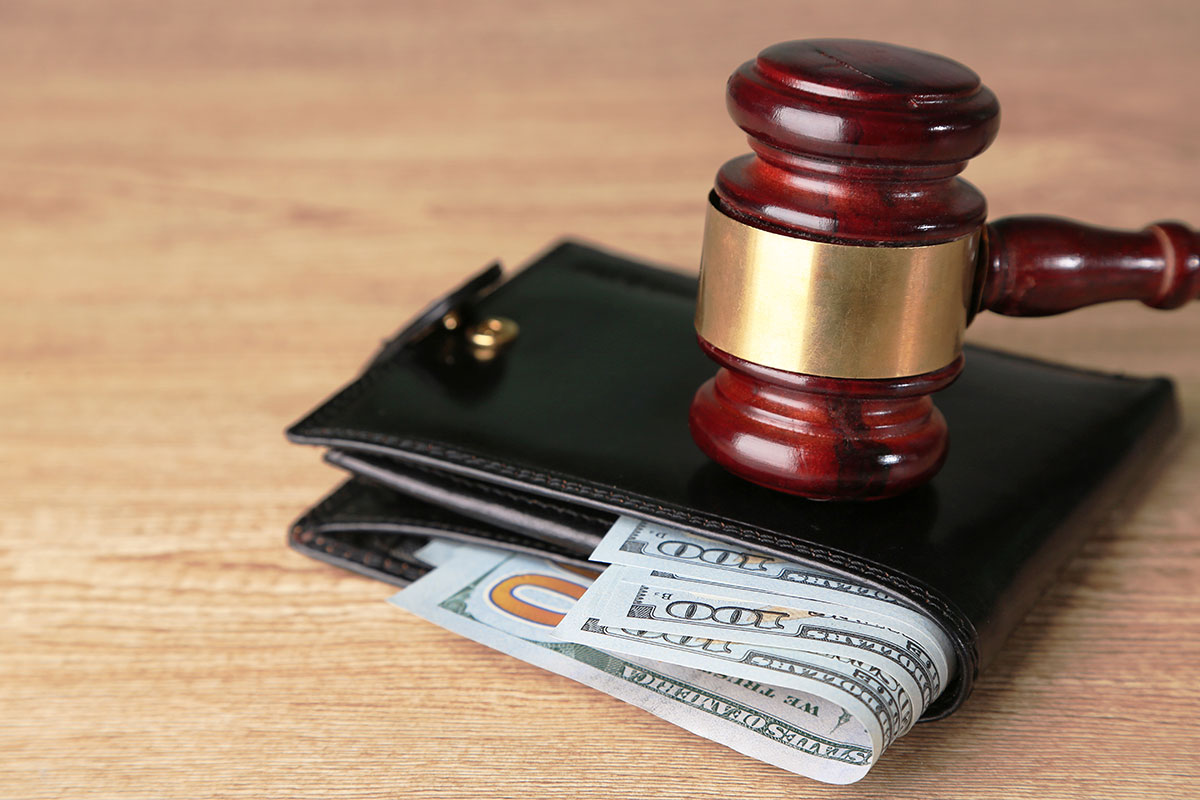A garnishment refund check can play a key role in recovering funds that were wrongfully taken from you. This article will explain your rights regarding garnishment refunds, including how to obtain a refund check and what steps to take if you believe you are entitled to one.
Overview of Garnishment Refunds
A garnishment refund is issued when an overpayment or incorrect deduction has been made from an individual’s wages or bank account due to a garnishment order. This situation often arises when the garnishment amount exceeds what was legally required or if the garnishment continues after the underlying debt has been fully paid. Refunds are meant to rectify such errors and return the excess funds to the individual from whom they were wrongfully taken.
The process for obtaining a garnishment refund typically involves verifying the overpayment and submitting a formal request for reimbursement. This includes providing evidence of the overpaid amount and the circumstances leading to the error. Understanding how and when these refunds are issued is crucial for individuals seeking to recover their funds and ensure that their financial records accurately reflect their true financial obligations.
Eligibility for a Garnishment Refund
To be eligible for a garnishment refund, individuals generally need to meet specific criteria that demonstrate an overpayment or error in the garnishment process. Eligibility can vary depending on the jurisdiction and the nature of the garnishment. Common scenarios include:
- Overpayment Situations: When the amount garnished exceeds the total debt owed, resulting in a surplus that needs to be refunded.
- Terminated Garnishments: If a garnishment order continues beyond the point where the debt has been fully satisfied or the legal obligation has ended.
- Incorrect Garnishment Amounts: Situations where the garnishment amount was calculated incorrectly, either due to clerical errors or misinterpretation of legal requirements.
Documentation for Refund Claims
To support a claim for a garnishment refund, individuals must provide specific documentation, including:
- Proof of Overpayment: Bank statements, payroll records, or garnishment orders that clearly show the excess amount deducted.
- Proof of Debt Satisfaction: Documentation indicating that the debt has been paid in full or that the garnishment should have been terminated.
- Formal Request: A written request for a refund that includes details of the garnishment and a summary of why the refund is being sought.
Meeting these eligibility requirements and providing proper documentation are crucial steps in securing a garnishment refund and ensuring that the process is handled efficiently.
Process of Requesting a Refund
The process for requesting a garnishment refund involves several key steps that ensure the claim is processed accurately and efficiently. Here’s a summary of the main stages involved:
|
Step |
Description |
Documents Required |
|
1. Verify Overpayment |
Confirm that an overpayment or error has occurred in the garnishment. |
Bank statements, payroll records, garnishment orders. |
|
2. Gather Documentation |
Collect all necessary documents to support your refund request. |
Proof of overpayment, proof of debt satisfaction. |
|
3. Submit Request |
File a formal request for a refund with the appropriate agency or court. |
Completed refund request form, supporting documents. |
|
4. Follow Up |
Track the status of your request and address any additional requirements. |
Correspondence with the agency, proof of follow-up. |
- Verify Overpayment: Before initiating a refund request, ensure that the garnishment amount deducted exceeds what was legally required. This involves reviewing financial records such as bank statements and payroll summaries to identify any discrepancies or excess amounts deducted.
- Gather Documentation: Compile all relevant documents that support your claim for a refund. This includes proof of the overpayment, such as detailed bank statements or payroll records, and documentation showing that the debt or garnishment obligation has been satisfied or ended.
- Submit Request: Complete and submit a formal request for a refund to the relevant agency or court. Ensure that your request includes all necessary documentation, such as a completed refund request form, copies of supporting documents, and any required information about the garnishment and overpayment.
- Follow Up: After submission, regularly check the status of your refund request. Be prepared to provide additional information or documentation if requested by the agency or court. Keeping detailed records of all communications and follow-up actions is essential to ensure that your request is processed in a timely manner.
By following these steps, individuals can effectively navigate the process of requesting a garnishment refund. Ensuring that all necessary documentation is collected and submitted accurately helps in expediting the refund process and achieving a favorable resolution.
Legal Rights and Protections
When seeking a garnishment refund, individuals are protected by various legal rights and regulations designed to ensure fair treatment and the correct handling of overpayments. These rights typically include the entitlement to a refund when an overpayment or error has been made, as well as the right to dispute incorrect garnishment amounts or practices. Legal protections help safeguard individuals from prolonged financial harm due to erroneous deductions and provide mechanisms for correcting such issues.
Additionally, individuals can rely on specific laws and regulations that govern garnishment practices and refund procedures. These laws outline the requirements for refund claims, the responsibilities of the agencies or entities involved in processing refunds, and the timeframes within which refunds must be issued. Understanding these legal rights and protections is crucial for effectively navigating the refund process and ensuring that any issues are resolved in accordance with established legal standards.
Potential Obstacles and Challenges
When seeking a garnishment refund, individuals may encounter several obstacles and challenges that can complicate the process. Understanding these potential issues can help in preparing for and overcoming them.
- Documentation Issues: Incomplete or inaccurate documentation can delay the processing of a refund. Common problems include missing records, incorrect amounts, or discrepancies between different documents.
- Administrative Delays: The processing of refund requests can be slow due to administrative bottlenecks or backlog at the agency or court handling the refund. This may result in extended wait times before the refund is issued.
- Denial of Request: Refund requests may be denied for various reasons, such as insufficient evidence of overpayment or errors in the refund application. Understanding the reasons for denial and addressing them promptly is essential.
Strategies for Overcoming Challenges
To address these obstacles effectively:
- Ensure Accuracy: Double-check all documentation and ensure that all required forms and supporting evidence are complete and accurate before submission. Keeping organized records can help in quickly resolving any issues that arise.
- Follow Up Regularly: Stay in contact with the relevant agency or court to track the status of your request and address any administrative delays. Regular follow-ups can help in expediting the process and ensuring that your request is not overlooked.
- Appeal Denials: If your refund request is denied, review the denial reasons carefully and provide additional information or corrections as needed. Consider appealing the decision or seeking legal assistance if necessary to resolve the issue.
By being aware of these potential challenges and proactively addressing them, individuals can improve their chances of successfully obtaining a garnishment refund and minimize delays or complications in the process.

